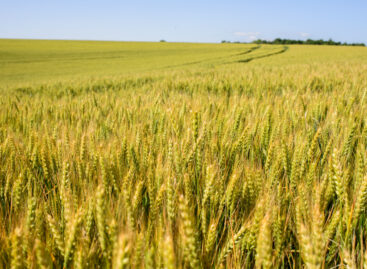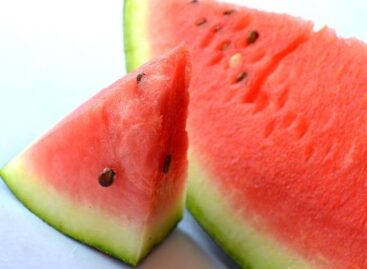The national corn variety experiment of GOSZ-VSZT-NAK has ended, and the results are available
In 2023, the performance of a total of 46 corn hybrids was examined in the post-registration corn variety experiment of the National Association of Grain Growers, the Interprofessional Organization and Product Council of the Seed Association, and the National Chamber of Agriculture. The variety experiment organized for the seventeenth time took place at 8 points in the country with different cultivation characteristics.

(Photo: Pixabay)
In the 2023 variety experiment, a total of 46 hybrids belonging to the FAO 200, 300, 400 and 500 maturity groups from eleven variety owners were examined. Before sowing, the hybrids were coded according to previous practice, so the executors and evaluators of the experiment were able to completely isolate themselves from any circumstances that could have unintentionally influenced them in their work. Professional supervision of the experiments was provided by the Variety Experiment Innovation Council (FIT). The board consists of eight members, the members are delegated by the founding social organizations for three years.
The task of the Council is to establish the financing background and methodology of post-registration experiments, as well as to ensure its professional supervision
In 2023, 9 experiments were set up in 8 locations: Bóly, Gyulatanya (irrigated), Hajdúböszörmény, Iregszemcse, Murony, Püski (irrigated and unirrigated), Szeged and Szombathely. Furthermore, this year the experiment was expanded with two locations provided by breed owners: Szeged (Limagrain) and Murony (KWS) joined. The organizers expand the experimental locations every year so that data from all regions of the country can be included in the experiment.
The evaluation of the data of all locations was carried out by the Seed Association
Among the experimental sites, the Szeged experiment was damaged by a severe drought similar to the previous year, while in Püski, due to continuous rains, the harvest was delayed until mid-November, which is also reflected in the crop results.This year, like last year, the experiment was irrigated in Püski and Gyulatanya, but in Püski – due to the rainy weather experienced last year in the northwestern region of the country – the effect of this was not significant.
NAK
Related news
According to the Seed Association, the proportion of metal-sealed eared seeds should be increased for the sake of varietal purity and crop safety
Due to the difficulties in growing corn, winter wheat, grown…
Read more >István Nagy: Hungarian melon season starts with good quality melons
Compared to last year, the volume of melon imports has…
Read more >The government provides irrigation water to farmers for free
The government provides irrigation water to farmers for free by…
Read more >Related news
GKI analysis: Why do Hungarian households live more poorly than anyone else in the EU?
Imagine that the residents of every EU country shop in…
Read more >KSH: industrial producer prices decreased by 0.7 percent in May 2025 compared to the previous month, and increased by an average of 6.9 percent compared to a year earlier
In May 2025, industrial producer prices were 6.9 percent higher…
Read more >Consumption drives the economy
According to the latest forecast by the Balance Institute, the…
Read more >






